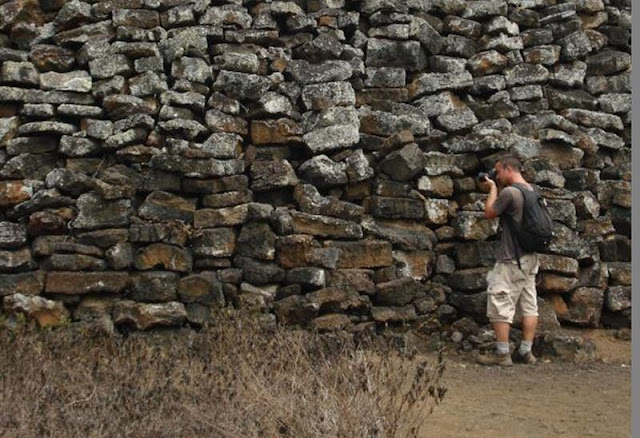Nestled in a verdant valley tucked away in the Southern Andean highland is a location long revered by indigenous people. Vilcabamba has been termed the “sacred valley of longevity,” whose average inhabitants are said to live 100 years or more. The oldest has reported ages from 120 to 134 years old, yet these claims have not been substantiated scientifically. The native people live a simple, hard-working life and subsist on a diet of non-fatty foods. Vilcabamba is one of five places on earth where people live to 100 on a routine basis.
The people’s longevity is also attributed to drinking the clustered mineral glacier water that hydrates the human cells. There are two rivers in the valley that flow all year. This mountain water contains valuable minerals and nutrients, and also creates deep and rich topsoil. These reasons, coupled with an excellent local climate, maybe why the local people of Vilcabamba live so long. The sacred valley of Vilcabamba is best known for the good health and longevity of its inhabitants, as well as a rumored lost treasure.
After the Inca Empire was crushed by the Spaniards, one last refugee group settled in an unknown location called Vilcabamba to wage guerrilla warfare against the European invaders. Spanish forces eventually found the refuge city of Vilcabamba and captured its ruler. In 1572, the “Inca problem” was finally put to rest when the Inca rebel Tupac Amaru was taken to Cuzco and executed. The last known flicker of Inca resistance was finally snuffed out.
The Spaniards had hoped to discover even more vast treasures of the Inca Empire upon capturing Vilcabamba, but this was not to be. Few of the precious relics, en route to free the captured Inca ruler Atahuallpa, have ever been recovered. Much of the treasures of the Inca Empire are still rumored to be buried somewhere in the Andes. It was to find the lost city of Vilcabamba that Hiram Bingham set out on his famous expedition in 1911. He discovered Machu Picchu instead.
Getting to Vilcabamba
Bus transportation is excellent in Ecuador, and several buses per day run from the neighboring cities of Loja and Zumba to Vilcabamba. The town of Vilcabamba is located in the province of Loja, only 30 miles (42 km) south of Loja city. The drive from Vilcabamba to the disputed border of Peru is beautiful all 78 miles (125 km) of the way, but the border is impossible to cross. Visitors must return the way they came.
Product You May Interested
- Crush Food Cravings with Odd Water Hack and Melt 62lbs
- Flavor Pairing Ritual Supercharges Women’s Metabolisms
- The best Keto Diet Program
- Unlock your Hip Flexors, Gives you More Strength, Better Health and All Day Energy.
- 21 Days Flat Belly Rapid Weight Loss System
- Fan Victor – The Ultimate Fantasy Sports Plug-in
- 7 Instant Confidence Technique with Women Program





























